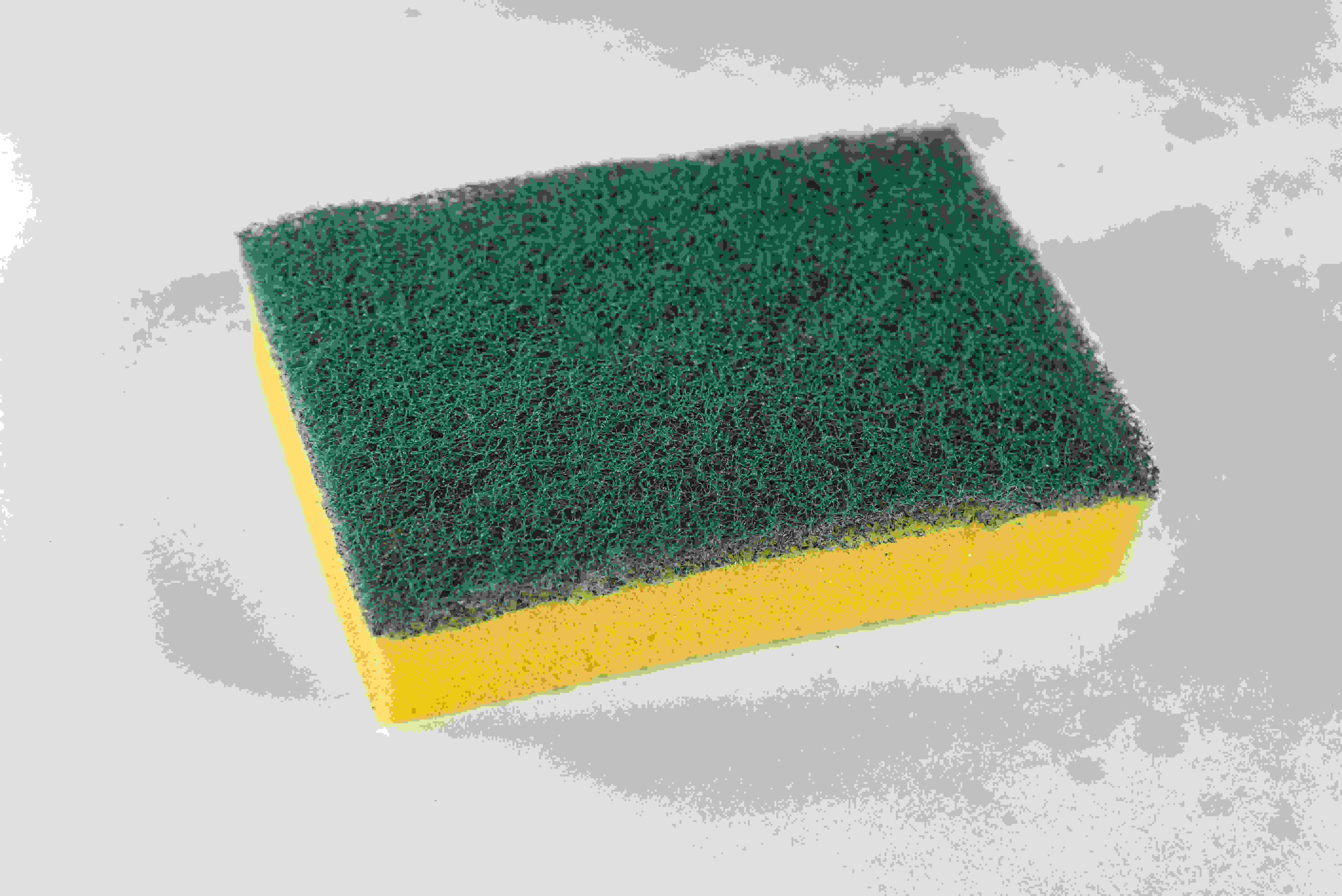Why your kitchen sponge could be dirtier than your toilet seat

Unlike toilets, which are typically cleaned with strong disinfectants, most sponges are left damp, warm, and neglected, often used until they fall apart.
When most people think about the dirtiest places in their homes, the toilet often tops the list.
But research is now turning that idea on its head, revealing that the real germ hotspot may be the humble kitchen sponge.
More To Read
- More than just fabric: How curtains shape comfort, privacy, and identity in Kenyan homes
- Clean hands, safe bites: Why everyday food habits matter more than you think
- Is silicone safe? The hidden risks of trendy kitchenware in Kenya’s markets
- How your toilet brush might be giving you recurrent UTIs
- Eastleigh's sawdust toilets and how they work
A recent study published in Scientific Reports found that kitchen sponges can harbour hundreds of different types of bacteria, and in astonishingly high numbers.
Some samples contained more bacterial organisms per square centimetre than the average toilet bowl.
This is because sponges, by nature, are moist, warm, and absorbent, the perfect breeding ground for microbes.
They soak up food particles, oils, and moisture from dirty dishes and countertops, all of which feed bacterial growth.
Unlike toilets, which are typically cleaned with strong disinfectants, most sponges are left damp, warm, and neglected, often used until they fall apart.
Some people even go an extra mile and soak them in water, 'soapy water', thinking that they are doing a very good job, because soap 'kills the germs'.
Dr Mercy Wanjiru, a microbiologist at Kenyatta National Hospital (KNH), explains that while toilets are cleaned often, kitchen sponges rarely receive the same treatment.
“We wash dishes with them, wipe down surfaces, and then toss them by the sink, where they sit wet, look clean, but they are full of germs,” she said.
“This creates a dangerous cycle where bacteria are not just surviving, but multiplying. Some households go ahead and use the sponges for more than 2 weeks.”
The types of bacteria found in kitchen sponges are far from harmless.
They include disease-causing strains such as Escherichia coli, Salmonella, Staphylococcus aureus, and Campylobacter, all of which can lead to serious illnesses ranging from food poisoning to skin infections and diarrhoea.
What's even worse, efforts to clean these sponges, such as microwaving or boiling them, often don’t kill all bacteria.
Some studies have shown that such attempts may allow the most resistant and dangerous strains to dominate.
In Kenya, where many households reuse their kitchen sponge for weeks on end, the problem may be particularly widespread.
A 2023 survey by Consumer Insight Africa reported that 68 per cent of Nairobi households use the same sponge for two weeks or more, with 40 per cent admitting they rarely or never disinfect it.
In lower-income homes or informal settlements, sponges are often repurposed for cleaning multiple surfaces, further spreading bacteria around the kitchen.
Despite these findings, there are simple steps that can make a big difference.
Health experts recommend replacing kitchen sponges at least once a week and allowing them to dry completely between uses.
"Once you have finished using your sponges to clean the dishes, warm some hot water, pour it on the sponges, then wring them out and put them outside to dry. Just like your kitchen cloths, ensure that once you use them, you put them out to dry."
Dishcloths or silicone scrubbers, which dry faster and are easier to clean, may be safer alternatives. More importantly, households are encouraged to use separate cleaning materials for dishes and surfaces, a habit that can greatly reduce cross-contamination.
It may be hard to believe, but the numbers do not lie. Your toilet, regularly scrubbed and sanitised, is likely far cleaner than the sponge you use to clean your plates.
“If we treated our kitchen sponges with the same caution we use for toilets, we’d see a sharp drop in household-related infections,” said Wanjiru. "You should use different sponges to clean your children's utensils and store them separately because they are the most vulnerable to infections and bacteria."
So next time you reach for that sponge, ask yourself, "When did you last replace it?"
Because while it might look clean, it could be quietly harbouring more bacteria than the very place you flush.
Top Stories Today
















































